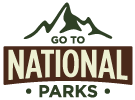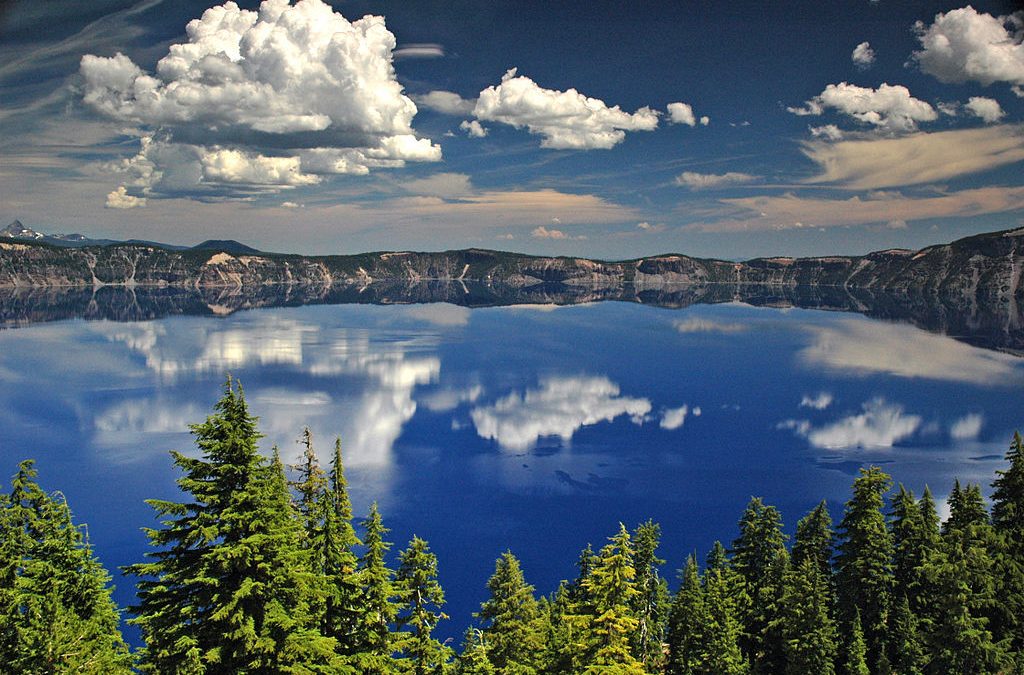[amazon box=”B00NMSRLHC, B072LFRJM9, B07BT4XC54 ” template=”table”]
Oregon is one of the most beautiful states in America.
What makes the Beaver State so special?
The extreme biodiversity and shocking natural formations can turn an evening drive through Oregon into a trip down the rabbit hole to wonderland.
Especially if you happen to drive into Crater National Park. This park is home to Crater Lake, the deepest lake in the United States.
Crater lake elevation reaches 8,000 feet high. Over 7,700 years of time have helped transform this place from a smoking volcanic crater into a wide, clear lake which awes and inspires.
Where is Crater Lake?
It’s located inside a dormant volcano, surrounded by old-growth coniferous forests full of diverse wildlife.
What You Need to Know for Your Visit to Crater Lake National Park
Crater Lake Park is open 365 days a year, 24 hours a day. It’s always a good idea to visit.
Crater Lake, Oregon weather does have the tendency to fluctuate a lot between seasons. You’ll find snow during the winter, and some seasonal road closures. You’ll want to check the Crater Lake National Park weather page before you go.
You must pay a park entrance fee to visit the park. This is ten dollars per car, so load up all your friends. The price doesn’t change with the addition of more people. However, if you arrive by foot or motorcycle you’ll still have to pay ten dollars — so it’s a good idea to meet up with some likeminded people beforehand, at least to get into the park.
Activities to Delight You in Crater Lake National Park
Crater Lake and the surrounding National Park offer a ton of different activities. Because of the park’s unique situation and extreme elevation, these activities differ between the summer and winter months.
Winter and Spring Activities
Enjoy special activities when you visit the park during winter and spring. These months provide you with a blanket of powdery white snow.
Ski or snowboard down the mountainside and sled through the fresh snowfall while enjoying the pristine, crisp conditions that cold weather brings to the park.
Summer and Fall Activities
Enjoy a plethora of warm-weather activities like stargazing, picnicking and exploring the sweet-smelling pine forests. Take a boat tour on the lake to see it up-close and personal. You can even swim in the crystal-clear water, but be warned — it’s cold.
Wildlife normally in hibernation during the winter comes out during the warmer weather. You can view bears, elk, and bobcats in action during the summer months.
Hike Your Heart Out in Crater Lake National Park
In the summer (with the exception of June and July), all trails are usually open to the public. Crater Lake Hikes range from easy 20-minute-long jaunts to longer trips of extreme difficulty.
During the snowy season, hiking can be very dangerous, and many trails are closed. However, some trails that offer amazing views are open to those willing to venture out on skis.
Stay in Crater Lake National Park
Staying in the park is very rewarding! Choose between lodging in the park or camping out in the forest.
Crater Lake National Park Lodging
The park offers two lodges for you to choose from:
- Crater Lake Lodge: Open from May to October, this lodge overlooks the scenic lake around Rim Village. Make advanced reservations.
- The Cabins at Mazama Village: These cabins are a few miles south of Rim Village, open from May to September.
Camping in the Park
Crater Lake National Park camping is not to be missed.
During the summertime, choose to camp at one of the park’s two developed campsites. These are set deep in the forest south of the lake and offer amenities such as water and toilets.
Consider backcountry camping during the summer or winter. The backcountry around crater lake is worth checking out during any season, but make sure you take the proper safety precautions.
You must have a backcountry camping permit, which you can get free of charge from a ranger station (you still have to pay the entrance fee, though).
Crater Lake National Park Fun Facts
Crater Lake Park is full of surprises. Check out these Crater Lake facts:
- No streams feed the lake. The level of water is maintained through the natural processes of evaporation, precipitation and seepage.
- The water in Crater Lake is some of clearest and purest in America.
- Before it was a national park, Crater Lake was a holy and spiritual site for ancient Native American tribes like the Klamaths.
- The park has a desert of pumice stone in its northern region, as well as a “castle” made from outcropping of pumice stone in the mountain.
Crater Lake National Park Offers Something for Everyone
Crater Lake is a place you have to see to believe.
The diversity of life stretching across dense pine forests to meet the edge of the lake is truly a sight to behold. Come here for a day, a week, or even a month.
You won’t get tired of seeing the sights in the park, so start planning your trip.
[amazon box=”B00NMSRLHC, B072LFRJM9, B07BT4XC54 ” template=”table”]

